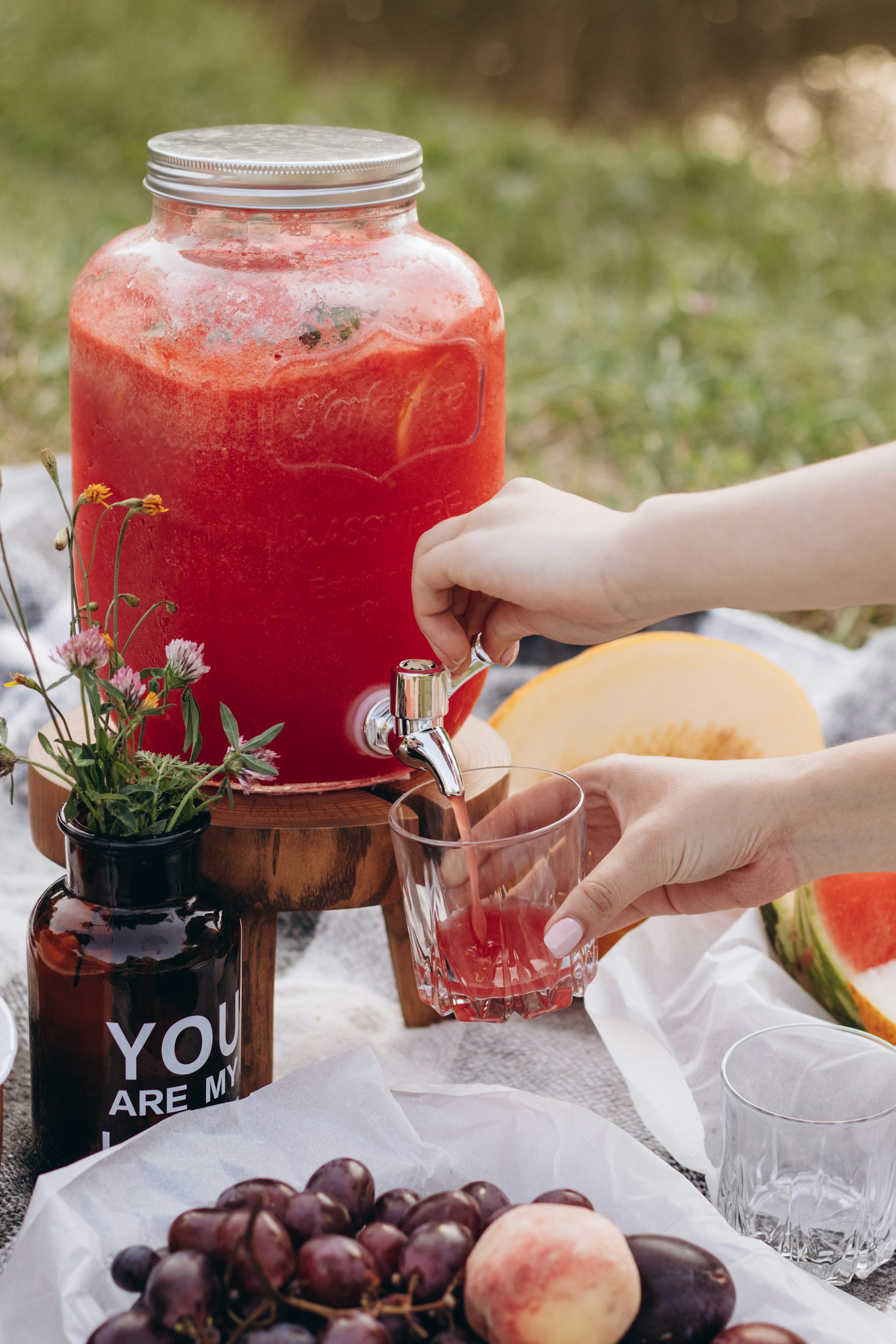Storing and using vegetables well is important. Good storage means that vegetables last longer and keep more vitamins. Good storage minimize vegetables that must be thrown out and increase selling opportunities.
Almost all types of vegetables can be left in the ground until needed. However, for some types of vegetables, good storage is essential.
After crops are harvested, clean and throw out all rotten plant parts. Store in a cool place, protected from hot sun and safe from pests or other animals.
Two types of traditional containers which are good for storage:
1. Clay pots, for small vegetables and green leaf vegetables. Cover the top of the pot with a damp cloth and use a string or rubber to tie it on. Keep out of the sun. These vegetables will stay fresh for a few more days
2. In Africa, two clay pots are used, a smaller pot inside a larger pot. Damp sand is placed between these pots. Cover and keep out of sunlight. This technique works better than just using 1 pot
If too many vegetables are picked during one harvest, and cannot all be sold or eaten, there are a few methods which can be use to store the vegetables, including:
- Solar driers, which can be used to dry vegetables, fish, meat and fruits
- Vegetables and fruits can be preserved as sauces, pasta, pickles and jams. Some examples: Sauces made from tomato, chili, tamarind. Pasta made from peanuts, candle nut, cashews. Pickles made from cucumber, onion, capsicum, cabbage, mango, bamboo. Jams can be made from any type of fruit, except watermelon
- Some vegetables, such as eggplant, capsicum and tomatoes can be dried and stored in oil




